Lately, I’m seeing a lot of cases where solar power is posited as the energy solution for “everything.” And why not? It’s free and ubiquitous, and it feels good to say you are using it. I recently read a column by someone (sorry, I couldn’t find it afterward) about the easy practicality of cars powered entirely by solar power.
To be honest, I couldn’t tell if the author was serious or just being sarcastic, as he said there’s no reason you can’t just put a solar panel on the roof of your electrified car and drive away happily. Oh, yes, you might need a battery for night or cloudy times, but that’s it. The author even speculated that the lack of such cars was a conspiracy by the big auto companies and their suppliers….well, you get the picture.
The reality is that it is a conspiracy, but one promulgated by the laws of physics as we know them. The harsh reality is that even if the efficiency of solar panels and all the intermediate electronics was 100%—and they are not, by quite a factor—there isn’t enough solar energy falling on the Earth’s surface per square meter to power a car in any meaningful way.
A quick look at the numbers tells the story. The solar constant of impinging radiation at the top of Earth’s atmosphere is about 1.4 kW/m², and it’s all further losses from there. Reflection at the top of the atmosphere and back to space due to clouds, atmospheric particles, or bright ground surfaces (such as sea ice and snow), plus further absorption in the atmosphere by water vapor, dust, and ozone, all combine to attenuate this (Figure 1). In the end, only about 1 kW/m2 is available for the PV cells—that’s under ideal conditions at solar equinox and when the PV cell is normal to Sun’s angle. [Note: other very credible sources place the amount of solar power reaching the Earth’s surface at about 340 W/m2; that’s a somewhat significant difference likely due to “correction factors” which I haven’t had time to resolve. But it doesn’t significantly change the point of my argument that follows.]
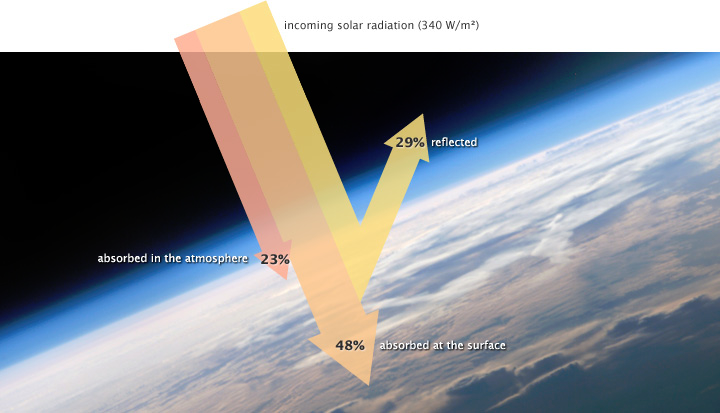
Looking at the various losses in the photovoltaic cells, inverters, motors, and other circuitry, you’d be lucky to get roughly around 50 W/m2 of useable power. That’s not much in terms of doing real physical work, such as moving a car at any speed.
Of course, the real issue is the constant “energy versus power” balance related to energy harvesting. First, remember that the terms “energy” and “power” are often used interchangeably in casual conversation by non-engineers and engineers alike; they are distinctly different but closely related physical parameters.
How so? Energy is the ability to do work, while power is the rate at which energy is collected or used. Mathematically, power is the time derivative of energy, while power is the time integral of energy. In practice, in any energy-harvesting scenario, you collect energy when it is available—often in erratic and unpredictable spurts—and you spend it as needed in the form of power at a rate that is required to do the work. It’s like saving your coins in a piggy bank until you have enough to spend all at once on that shiny new toy or gadget.
So, can you power your car via solar power alone? Absolutely yes, as long as you don’t plan on going anywhere for extended idle periods while the car’s battery stores up energy collected by the PV panels on the roof, at most a few square meters. You might have to wait weeks for enough energy to be collected and stored to go even a few kilometers at a reasonable speed—and that ignores other car functions such as heating, safety functions and features, headlights and other essential lights, and more. Of course, if you park in the direct Sun to collect maximum solar energy, you’ll have a very, very hot car that will likely need air conditioning; yet another power drain.
The harsh reality hasn’t stopped some folks from trying. As ambitious as it sounds, a few companies are working on cars that charge via such panels (they also include an onboard charger for conventional EV charging as well). These vehicles are not the ones you may have seen for the well-known Australian World Solar Challenge, which has been running for over 30 years with three classes of cars (Figure 2), none of which are even close to “street legal.”

Among the companies working on viable solar-powered cars are Lightyear (based in the Netherlands) with their Lightyear One (Figure 3). It has about 50 square feet of solar cells (4.6 m2) and four lightweight electric motors (one in each wheel) to minimize weight and extend range, rather than a single motor and gearbox.
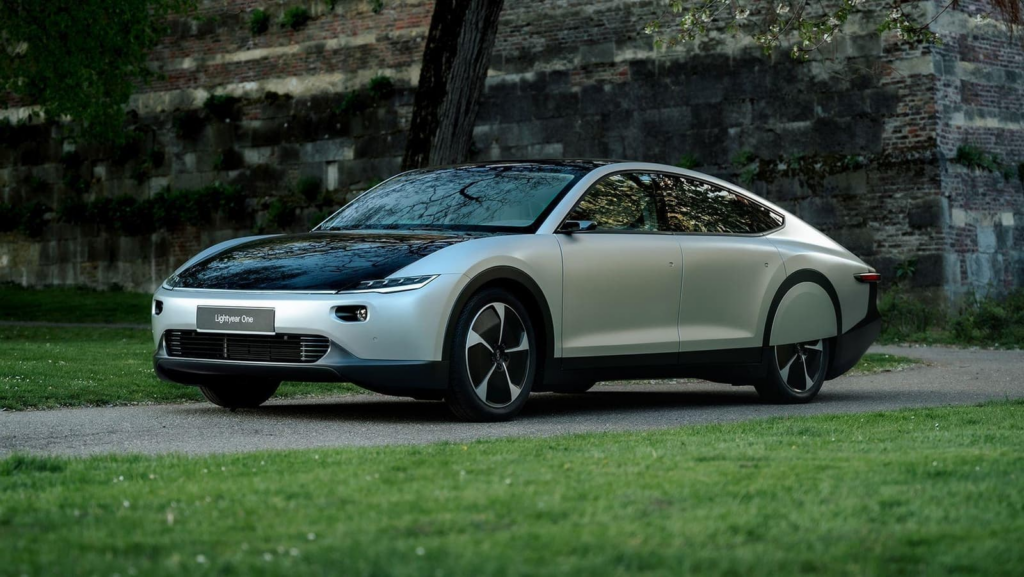
The Lightyear One prototype claims a range of more than 440 miles (700 km) on a full charge; a full day in the Sun provides a range of a little over 40 miles (64 km). If you are wondering, “how much does it cost?” and “when will it be available?” the answers are “$175,000” and “next year.” Before you say, “that’s crazy”, the company claims that more than 160 vehicles have already been reserved in Europe, with most of them paid for upfront (US sales are planned for a later time).
Another developer of these solar-powered vehicles is San Diego-based Aptera Motors Corp. with the Luna, a two-person, gull-wing, three-wheeled vehicle (Figure 4). With about 24 square feet (2.2 m2) of solar cells, they claim a range of up to 40 miles after a full day of charging in the summer sun; the 350-V battery pack is supposed to be good for 250 to 1,000 miles on a full charge depending on pack capacity, which can range up to 700 W-hr), whether from solar or grid.

As for price, they say they’ll be delivering a version with a 400-mile range to US customers next year, with prices for a basic model starting at $29,800—significantly less than the Lightyear One. They are classifying it as a three-wheel motorcycle rather than a car to avoid some of the regulatory mandates, such as airbags. (They say that in most states in the US, such vehicles do not require a motorcycle license, only a regular driver’s license.)
In addition to the lower rolling resistance of three wheels versus four and extremely lightweight due to the use of highly advanced composite materials, Aptera claims one of their keys to success is drag coefficient (wind resistance) which is about half that of conventional vehicles. This is critical as drag, and its associated losses increase with the square of the vehicle’s speed.
These solar-only cars raise some interesting questions: Are they just expensive toys for those who only need to go a few miles per day with minimal load? Are they only available for longer trips or cloudy days for those with another vehicle? Rather than look to park in the shade, will owners of these vehicles look for sunny spots (and as the Sun moves, the shade moves as well) and avoid parking garages? Will people accept vehicles that lack standard safety features (many are mandated), as well as comfort features which are now standard such as heat and air conditioning (yet parking in the Sun to maximum charging can really heat up the interior)?
The something-for-almost-nothing mindset of solar-only/mostly cars clearly has infected many bloggers and commentators on both sides of the story (see References). Some suggest charging your vehicle via your rooftop panels is a viable option, but my question is, “what else could you be charging with those panels?” Some say, “what’s the big deal? Why can’t it be one?” as well as those who deflate this sort of wishful thinking, no matter how well-intentioned.
Related EE World Content
What battery chemistries are used in grid-scale energy storage?
Battery Management Systems: Effective ways to measure state-of-charge and state-of-health
Battery pole and busbar connectors for energy storage systems
Signal transformers for BMSs sport high isolation, working voltages
Rugged connectors designed for automotive BMS and inverters
Next-gen BMS goes wireless, with proprietary protocol and functional safety compliance
Photovoltaic high-power fuses designed to UL 248 and IEC 60269 standards
References
Charging
- Bike Rumor, “#Vanlife: Can you charge an electric vehicle with rooftop solar panels?”
- World Economic Forum, “Solar charging your car is possible, researchers say. Here’s how”
- Solar Edge, “Meet the World’s First EV Charging Solar System”
- SolarMax Technology, “Guide to Charging Your Electric Car with Solar”
- Com, “Charging Your EV With Solar Panels and Using IRA Incentives To Bring Down the Cost”
- EE Times, “Where Solar Might Fit Into EV Charging Equation
Solar Radiation & Power
- Wikipedia, “Solar irradiance”
- of Energy, Office of Energy Efficiency & Renewable Energy, “Solar Radiation Basics”
- NASA Earth Observatory, “Earth’s Energy Budget”
- University of Calgary, “Energy Education”
- University of Oregon, “Solar Energy Basics”


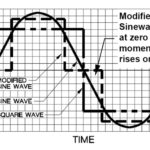
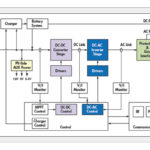
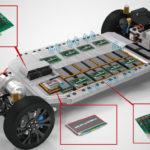
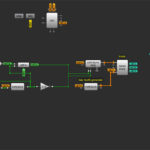

Leave a Reply